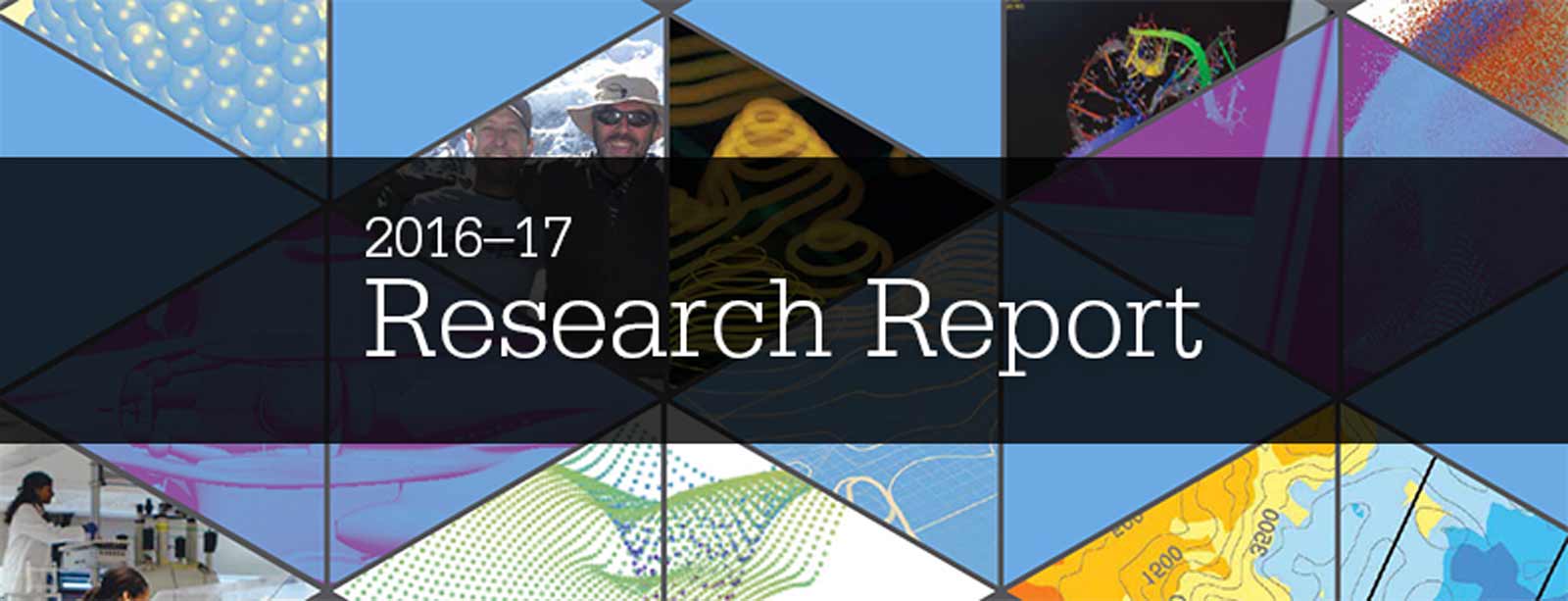
With the rise of energy storage applications for such things as rechargeable Lithium ion batteries and solar cells, graphene and graphene-based nanocomposites have attracted a lot of interest.
Graphene is incredibly strong, more than 100 times stronger than steel, but is very thin and flexible. It is also highly conductive and seems to be impermeable to most gasses and liquids.
The University of Akron’s Alper Buldum, Ph.D., is using the Ohio Supercomputer Center’s high performance computing capabilities to perform computational experiments to further the physical properties and capabilities of graphene. This understanding will assist nanotechnologists and engineers to develop the material for use in such areas as energy storage, friction reduction and mechanical properties.
“It’s very promising,” said Buldum, a professor within the University of Akron’s Department of Mechanical Engineering, Integrated Biosciences Program. “Graphene is a very popular material. The idea for this project started with the interest in packing molecules together like pancakes on top of each other, creating larger molecular structures, eventually using them for technology—solar cells and other areas of molecular electronics.”
Using the Quantum Espresso and cp2k softwares on the Oakley Cluster, Buldum performs computer modeling and simulations such as quantum modeling, atomic scale modeling and simulation, quantum mechanics, quantum chemistry and classical molecular dynamics.
Buldum is also performing investigations on n-conjugated molecules and their supramolecular structures for photovoltaics; and using computational design of novel molecular nanowires for organic solar cells.
“We guide and give ideas to the chemists, physicists and material scientists so they can synthesize,” Buldum said. “And if the materials have novel properties, they can use them.
“Material research is quite colorful and dynamic. Computer modeling is very good in that before we conduct expensive physical experiments, we can quickly use these models to check if the material has the desired properties and we can optimize it.”
When it comes to developing advanced materials, Buldum and OSC together are part of a bigger chain that ends in better, more efficient products.
“We’re an important part of this chain,” he said. “We have an interesting design of these materials and it can be synthesized and used in solar cells. If we don’t have OSC, maybe somebody in five years can do it, but maybe not. OSC is crucial.”
###
Written by Ross Bishoff
Project Lead: Alper Buldum, Ph.D., The University of Akron
Research Title: Modeling and simulations of advanced materials for energy applications
Funding Source: National Science Foundation
Website: http://www.uakron.edu/physics/research/dr.-buldum.dot
